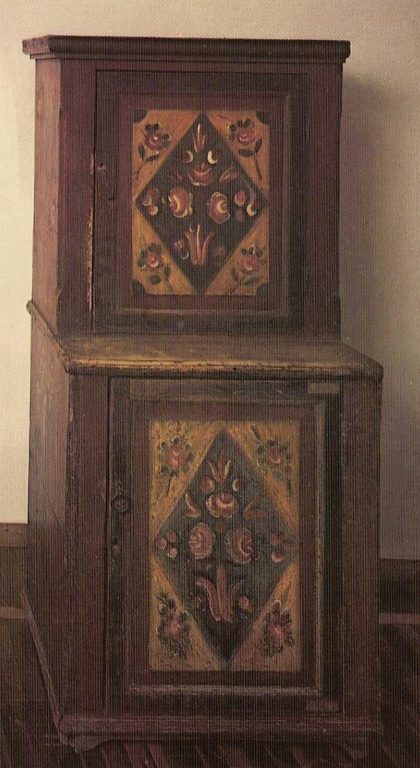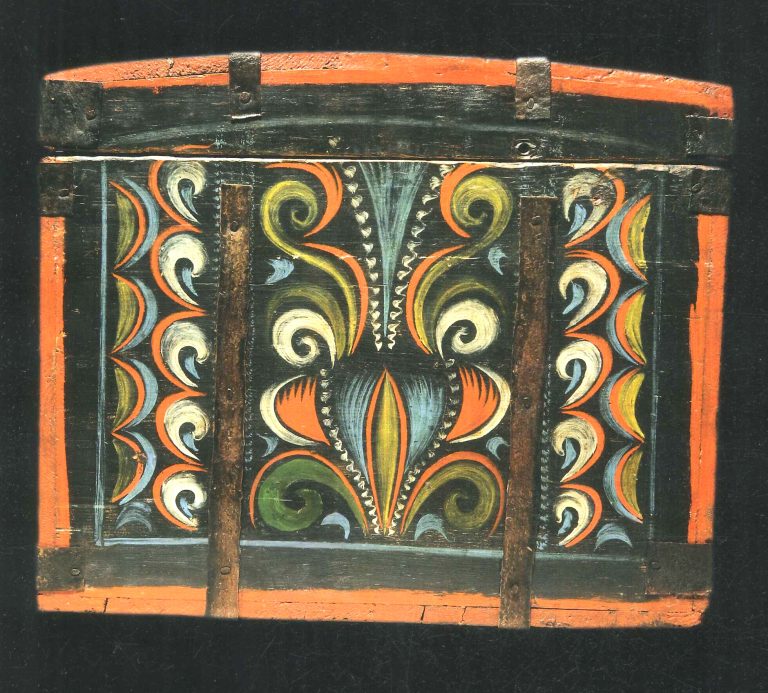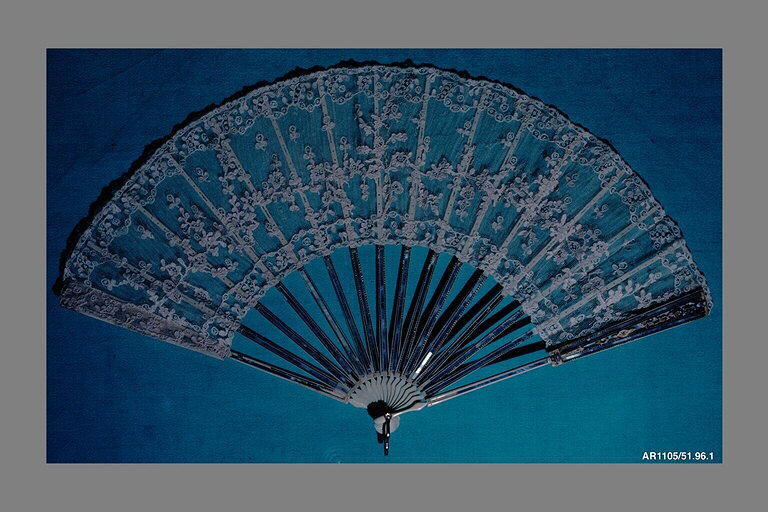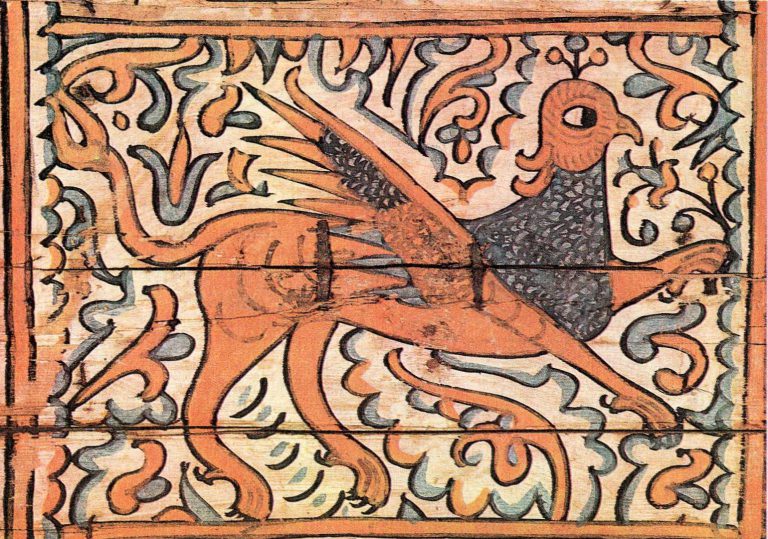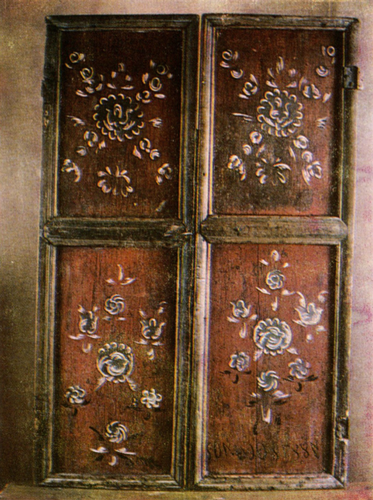

-
Objectfurniture, chests, stoves: Relief
-
Type of arts & crafts
-
MediumIvory
-
Size1.61 x 5.98 x 0.24 in. (4.09 x 15.19 x 0.61 cm)
-
Geography details
Iraq -
Country today
-
Dateca. 9th-8th century B.C.
-
CultureAssyrian
-
PeriodNeo-Assyrian
-
Type of sourceDatabase “Metropolitan Museum of Art”
-
Fund that the source refers toMetropolitan Museum of Art
-
This carved ivory plaque was found in a storage room in Fort Shalmaneser, a royal building at Nimrud that was used to store booty and tribute collected by the Assyrians while on military campaign. It depicts a pair of bulls flanking a small tree, each nibbling at a leaf, framed above and below by a plain flat border. The five branches of the tree are arranged symmetrically and the leaves or fronds are decorated with horizontal ridges. Each bull’s ribs are defined by vertical parallel lines, and similar lines frame the eye and the muscular ridges on the back of the neck. Neither is depicted with horns. Because of damage to the plaque in antiquity, only the head and shoulders of the left bull are preserved, but the right bull is complete. The genitals are represented and the tail is slightly raised, but held in a relaxed position. Carved ivory pieces such as this were widely used in the production of elite furniture during the early first millennium B.C. They were often inlaid into a wooden frame using joinery techniques and glue, and could be overlaid with gold foil or inlaid to create a dazzling effect of gleaming surfaces and bright colors. Rows of bulls and cows with nursing calves, either carved in relief or in the openwork technique, have been found among the ivories collected by the Assyrian kings, including several other examples in the Metropolitan’s collection (< a href="http://www.metmuseum.org/art/collection/search/324331">54.117.10, 59.107.14, 64.37.3, 64.37.4, 67.22.6).
Built by the Assyrian king Ashurnasirpal II, the palaces and storerooms of Nimrud housed thousands of pieces of carved ivory. Most of the ivories served as furniture inlays or small precious objects such as boxes. While some of them were carved in the same style as the large Assyrian reliefs lining the walls of the Northwest Palace, the majority of the ivories display images and styles related to the arts of North Syria and the Phoenician city-states. Phoenician style ivories are distinguished by their use of imagery related to Egyptian art, such as sphinxes and figures wearing pharaonic crowns, and the use of elaborate carving techniques such as openwork and colored glass inlay. North Syrian style ivories tend to depict stockier figures in more dynamic compositions, carved as solid plaques with fewer added decorative elements. However, some pieces do not fit easily into any of these three styles. Most of the ivories were probably collected by the Assyrian kings as tribute from vassal states, and as booty from conquered enemies, while some may have been manufactured in workshops at Nimrud. The ivory tusks that provided the raw material for these objects were almost certainly from African elephants, imported from lands south of Egypt, although elephants did inhabit several river valleys in Syria until they were hunted to extinction by the end of the eighth century B.C.











